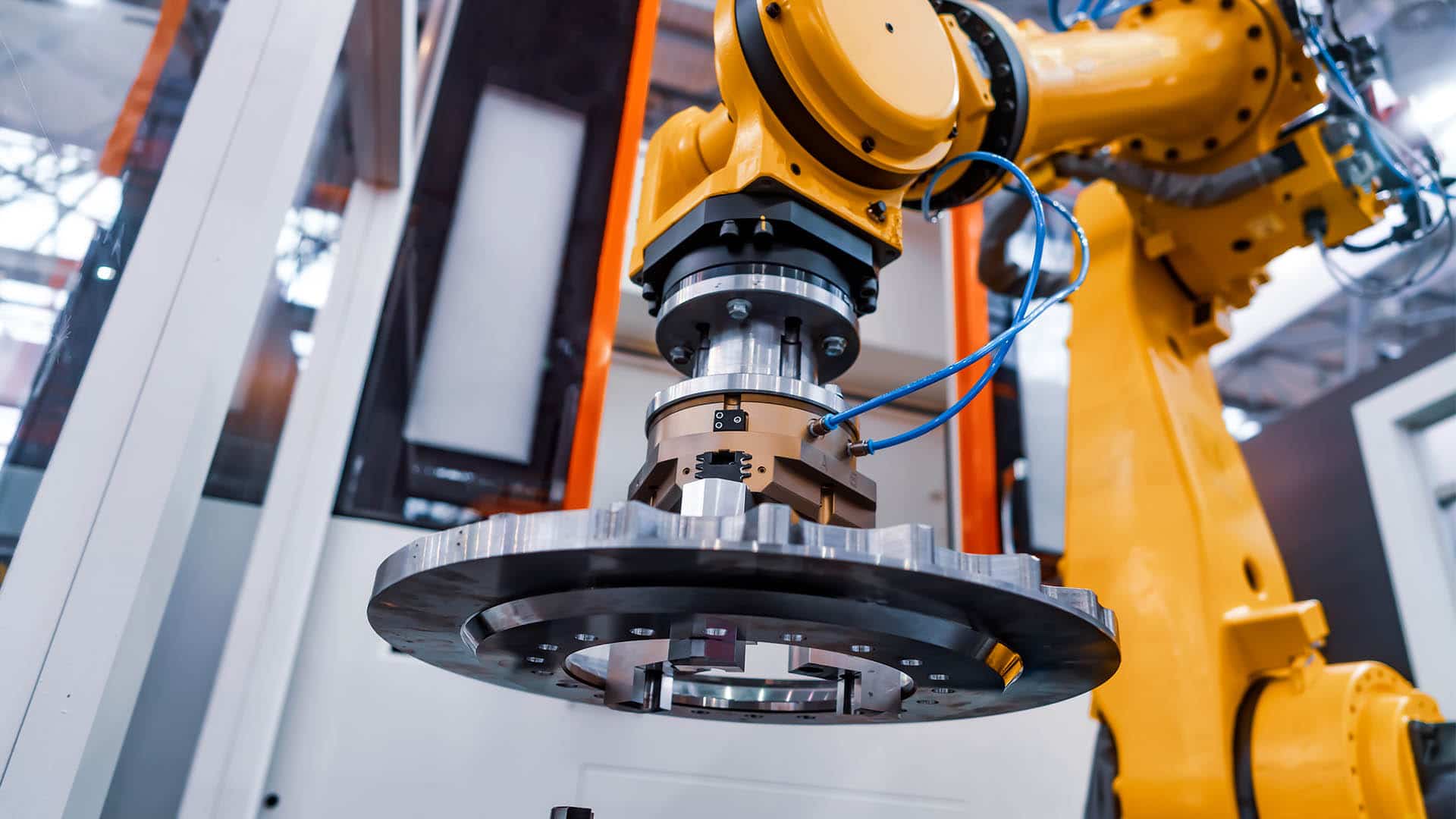Agriculture is one of the cornerstones of modern civilisation. It feeds nations, fuels economies, and forms the basis of countless industries. Yet, this crucial sector faces formidable challenges: labour shortages, dwindling resources, and pressing environmental concerns to name a few. This blog posits that robotics can provide transformative solutions to these issues.
Historical Perspective
For millennia, agriculture relied solely on human labour and animal power. The plough, the hoe, and the sickle were the primary tools at the disposal of a farmer.
With the Industrial Revolution, machines like tractors and combine harvesters brought about a radical change, enabling farmers to cultivate larger plots of land with significantly less effort.
But today, we’re on the cusp of another revolution—one that involves intelligent machines capable of tasks far beyond simple mechanical functions.
The Rise of Robotics in Agriculture
Advancements in technology have led to the introduction of various types of robotic systems into agriculture. These include drones for aerial surveillance, automated tractors that can plough or sow seeds without human intervention, and even robotic harvesters capable of picking fruit with the delicacy of a human hand.
What’s particularly fascinating is the role of sensors, machine learning, and data analytics in these systems. Sensors collect real-time data about soil moisture, crop health, and weather conditions. Machine learning algorithms then analyse this data to make immediate decisions, such as when to water the crops or apply fertiliser.
Economic Viability
There’s no avoiding the issue of cost when it comes to implementing robotic solutions in agriculture. The initial investment can be steep, particularly for small to medium-sized farms. However, one needs to consider the long-term economic benefits.
Robotics can bring about increased yields due to their efficiency and precision. Moreover, they can significantly reduce labour costs, and in some cases, even operational costs like fuel for tractors.
Addressing Labour Shortages
The dwindling rural labour force is one of the most pressing challenges faced by the agricultural sector. The newer generations are increasingly gravitating towards urban areas in search of better opportunities, leaving a labour gap in rural communities.
Robotics, in this context, can be a game-changer. For instance, a single automated harvester can do the work of several human workers, and it can operate around the clock, barring the need for maintenance.
Environmental Benefits
The planet stands to benefit as well from the advent of robotics in agriculture. Traditional farming methods often involve excessive use of water, fertilisers, and pesticides, contributing to environmental degradation. However, robotic systems allow for what is known as “precision agriculture.”
Drones, for instance, can provide exact information about which areas of a field are dry and only those areas can be watered. Similarly, sensors can detect nutrient levels in the soil, allowing for the targeted application of fertilisers.
The overall impact? A reduced environmental footprint, as resources are used more efficiently and waste is minimised.
Policy and Regulations
Any widespread adoption of new technology requires supportive policies and appropriate regulations.
Many governments are beginning to recognise the potential of robotics in agriculture and are providing subsidies or grants to farmers willing to make the technological leap.
However, a regulatory framework is also necessary to ensure that these technological advances are ethical, sustainable, and in line with the country’s economic and environmental goals.
Future Trends
As we look to the future, the role of artificial intelligence (AI) and machine learning in agriculture is set to expand.
From self-driving tractors that can navigate uneven terrain to drones capable of identifying individual plants and their health status, the possibilities are endless.
The field of agricultural robotics is ripe for further research and development, promising even greater efficiencies and environmental benefits.
Conclusion
The agricultural sector is at an inflexion point, and robotics offers a path to solve some of its most enduring challenges. From bolstering economic viability to filling labour shortages and aiding environmental conservation, the benefits are manifold.
While the journey towards full automation is fraught with challenges, both ethical and logistical, the potential rewards make it a path worth pursuing.
Therefore, it behoves us all—farmers, policymakers, and the general public—to stay informed and consider the transformative power of robotics in agriculture.






